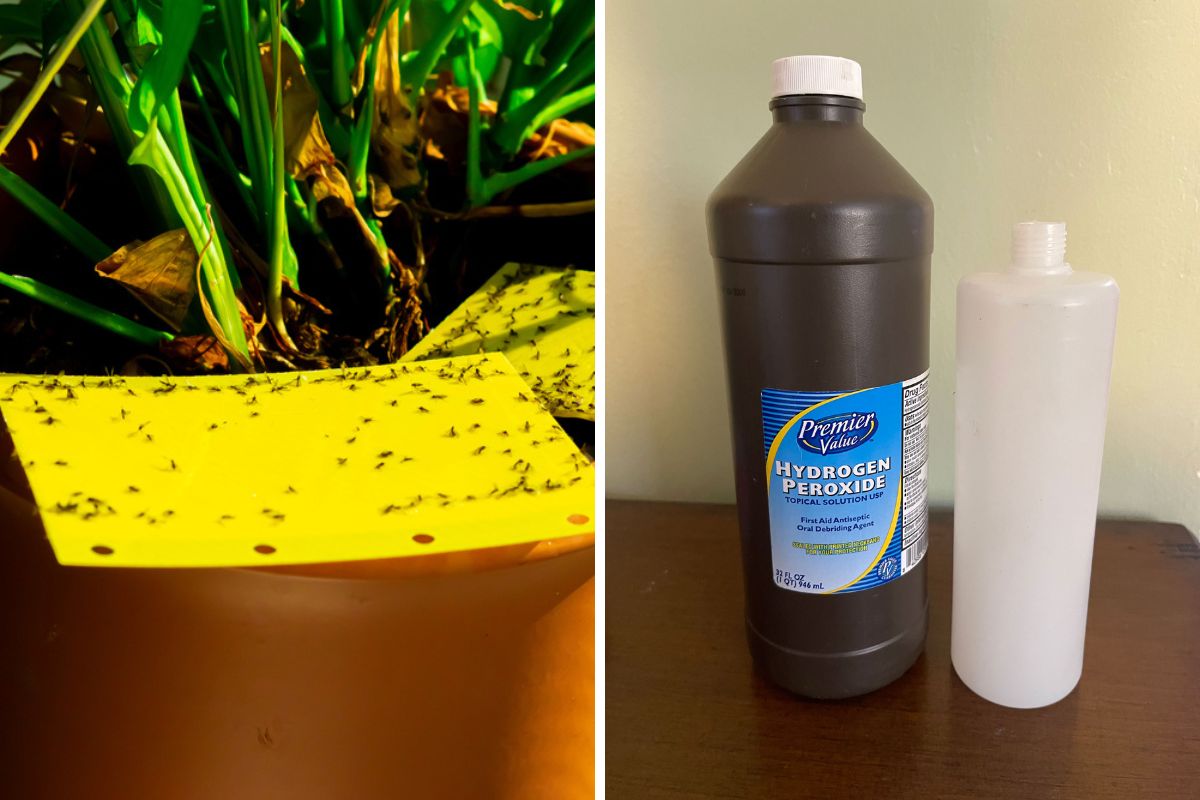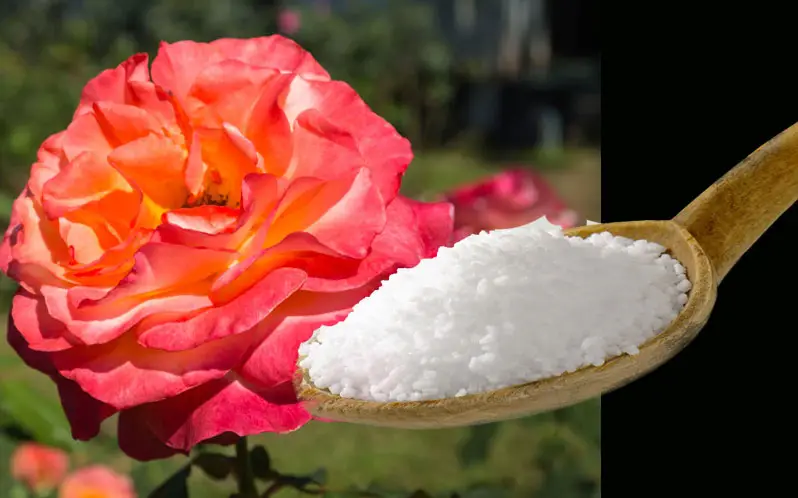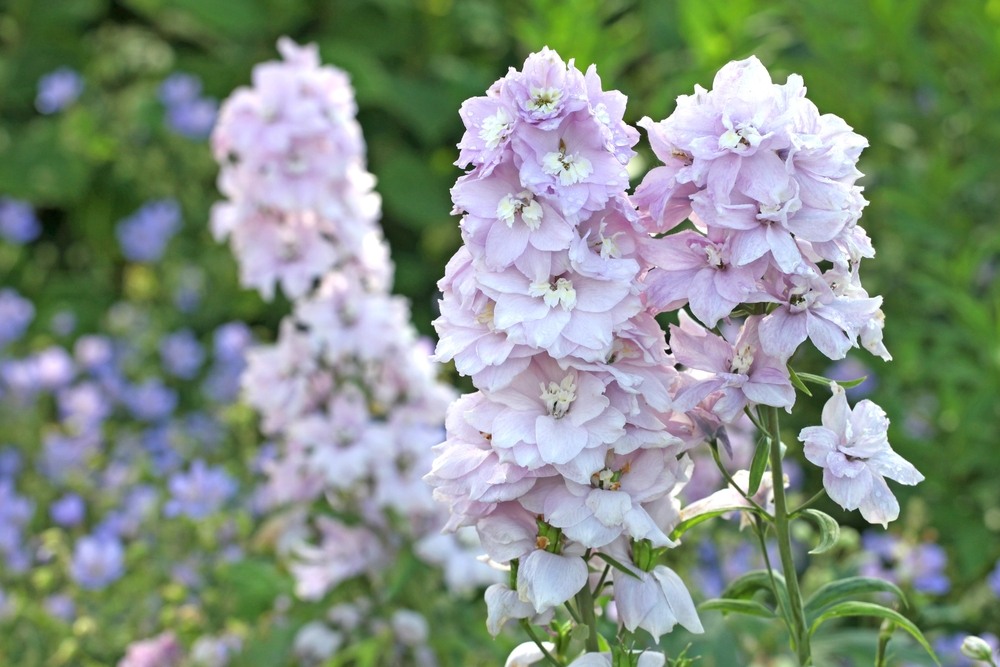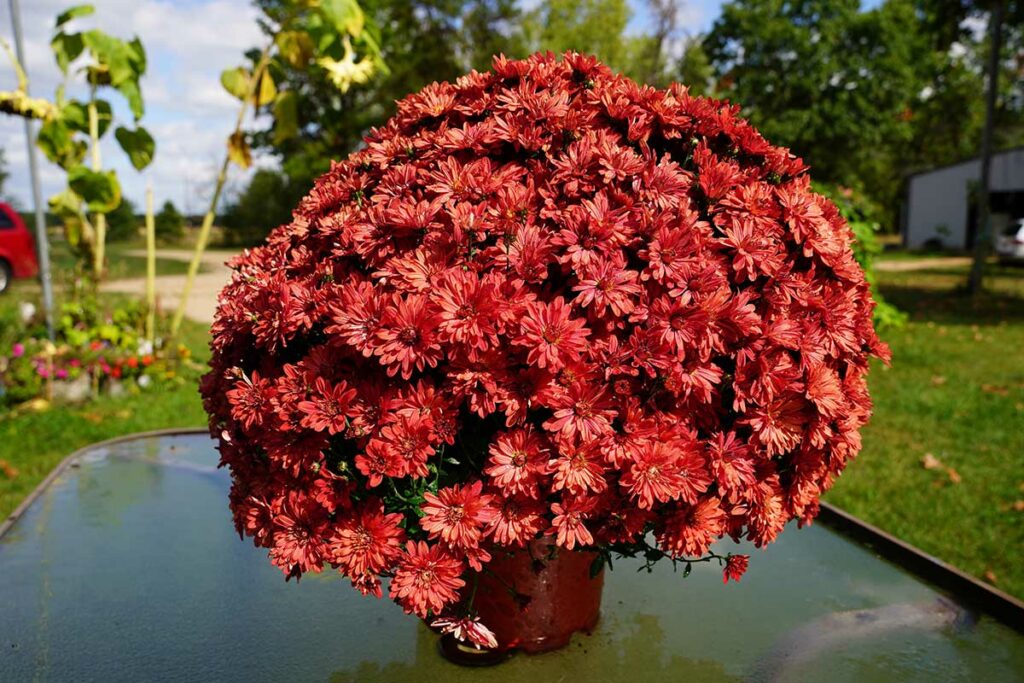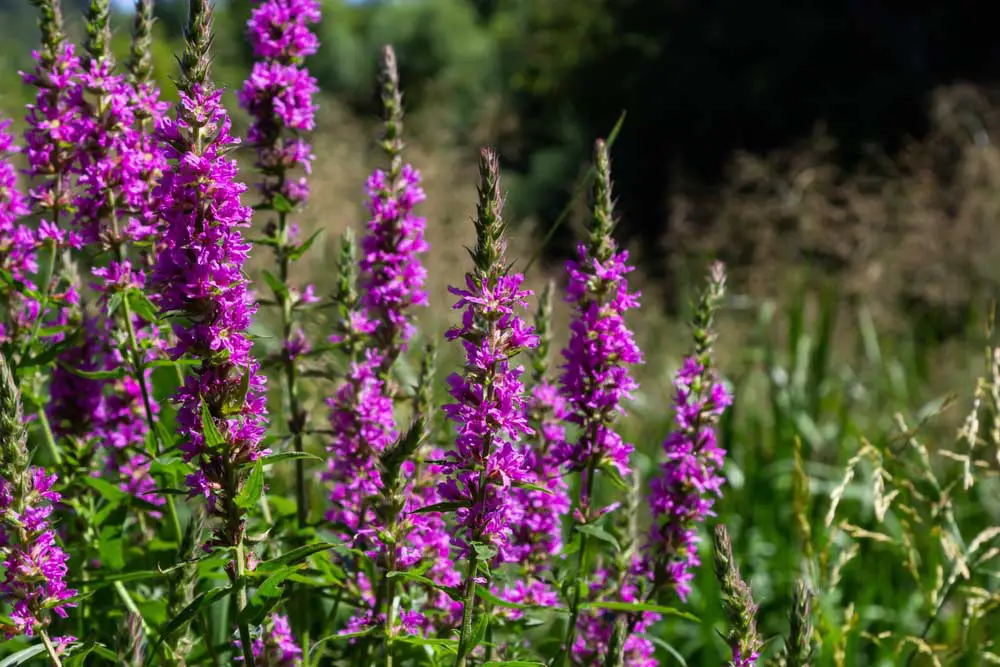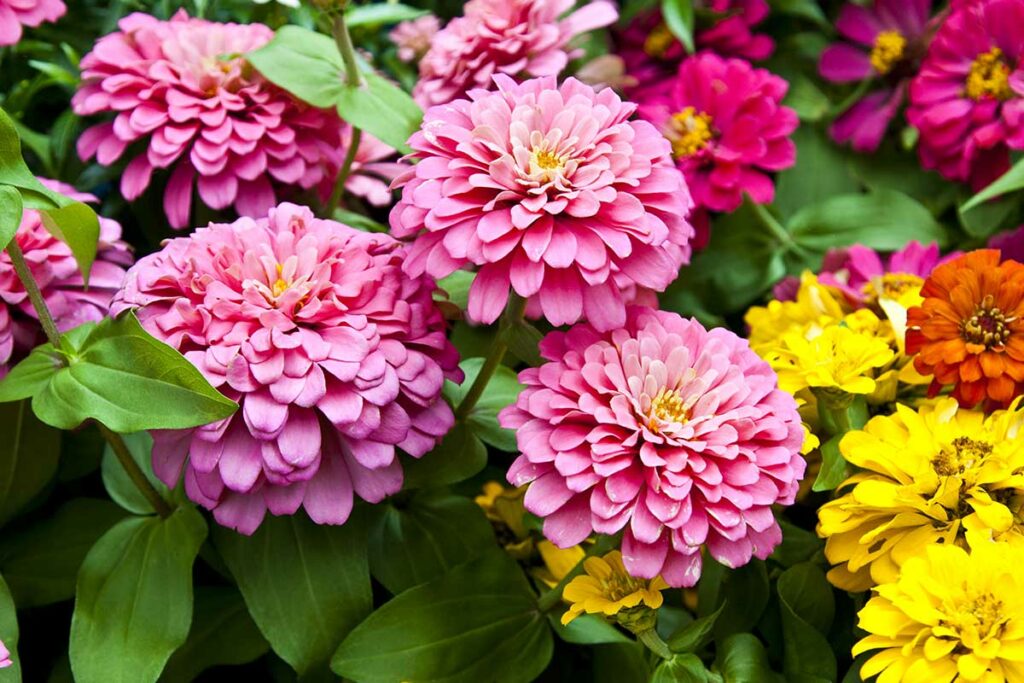
As the chill of winter begins to wane, February presents a unique opportunity for gardeners to kick-start their spring gardens.
You might think it’s too early to get your hands dirty, but there are actually a variety of flower seeds that thrive when sown during this cooler month.
Starting your flower seeds now will give them a head start, resulting in robust blooms that are ready to burst with color as soon as the warmer weather takes hold.
Selecting the right seeds is crucial for success. You’ll want to opt for hardy varieties that can handle the still-cool nights and the gradual increase in daylight.
From the dainty snowdrop to the bold marigold, each seed has its own preferred sowing period along with subsequent care needs.
Preparing your soil with proper nutrients and choosing a protected spot or starting indoors can make all the difference in nurturing seedlings into flourishing plants.
Sowing seeds in February is not just about the anticipation of spring; it’s a practical gardening strategy that can extend your blooming season and maximize the beauty of your outdoor space.
With careful consideration and a little patience, you can create a vibrant tapestry of color that will be the envy of your neighborhood.
Ready your trowels and pots – it’s time to plant the seeds of tomorrow’s garden today.
Understanding Seed Germination
Seed germination is the process by which a seed sprouts into a new plant. This phase is crucial for a successful garden, and there are key factors you’ll need to monitor to ensure that your seeds have the best chance of growth.
Temperature Requirements
Different seeds have optimal germination temperatures. Here’s a table highlighting the optimal soil temperature ranges for germination of commonly planted seeds in February:
| Seed Type | Optimal Temperature Range (°F) |
|---|---|
| Tomato | 70 – 80 |
| Pepper | 65 – 75 |
| Lettuce | 45 – 65 |
| Cucumber | 70 – 85 |
| Peas | 40 – 75 |
You’ll need to check the specific temperature requirements for the seeds you are sowing and provide a stable environment to maintain these temperatures.
Soil Preparation
The soil should be loose and well-draining. Integrate plenty of organic matter, such as compost, to provide the necessary nutrients. Your soil’s pH should typically be between 6.0 and 7.0, but you’ll need to adjust it based on the needs of your specific seeds. You can use a soil test kit to determine your soil’s pH and nutrient levels.
Watering Techniques
Water is critical for germination, and your technique can make a big difference. Seeds need consistent moisture, so use a spray bottle or a watering can with a fine rose to gently water the soil without unsettling the seeds.
- Before germination: Keep the soil moist, not waterlogged.
- After germination: Reduce the frequency of watering to avoid overwatering, which can drown the roots.
Monitor your seedlings regularly to ensure they have the appropriate moisture levels. Remember, your touch is the best tool for assessing soil moisture.
Top 10 Flower Seeds to Sow in February
February is an ideal time to start sowing seeds that will bloom into a vibrant flower garden. You can get a head start on spring by planting these varieties indoors.
Cosmos
Cosmos bipinnatus thrives in warmer conditions. Begin indoors, and you’ll have seedlings ready to transplant when the threat of frost passes. Ideal soil temperature for germination: 70-85°F.
Sweet Peas
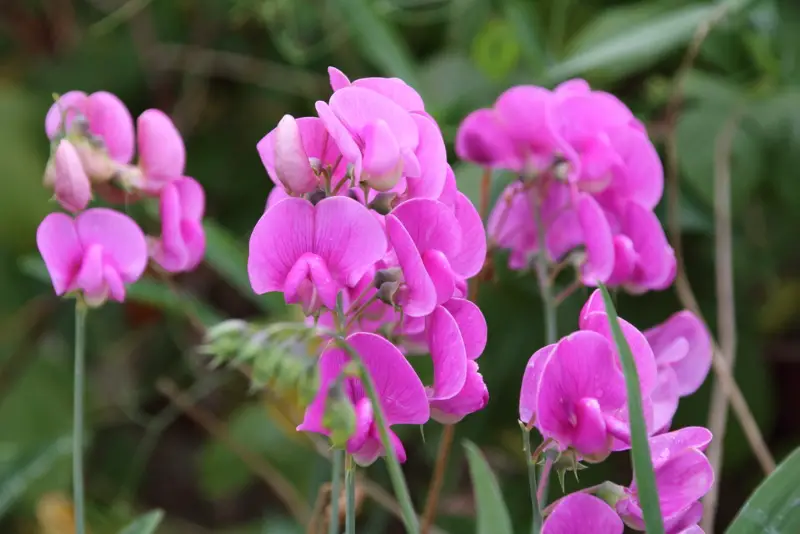
For fragrant blooms, Lathyrus odoratus is unmatched. Soak seeds overnight for better germination. Planting depth: 1 inch.
Zinnias
Zinnia elegans are colorful and easy to grow. Start them in peat pots to avoid root disturbance during transplanting. Germination time: 5-24 days.
Snapdragons
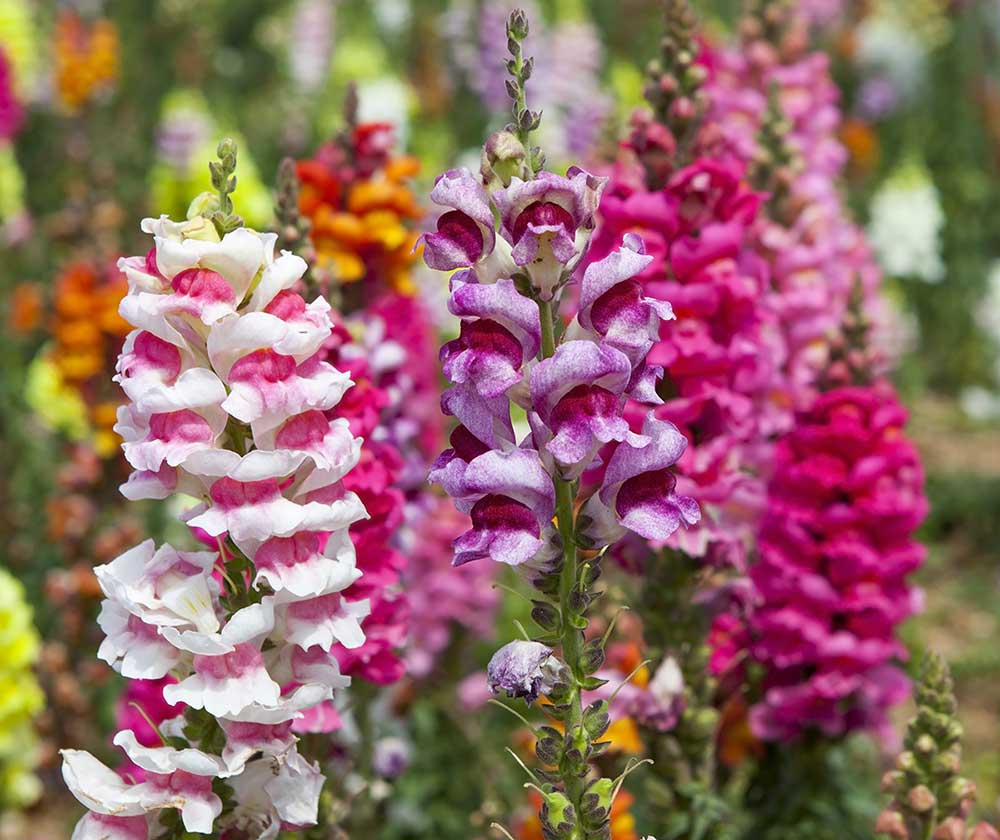
Antirrhinum majus’ prefer cooler growing conditions. Start them now for a long blooming period through spring. Keep soil moist for seedlings. Light requirement: Full sun to part shade.
Petunias
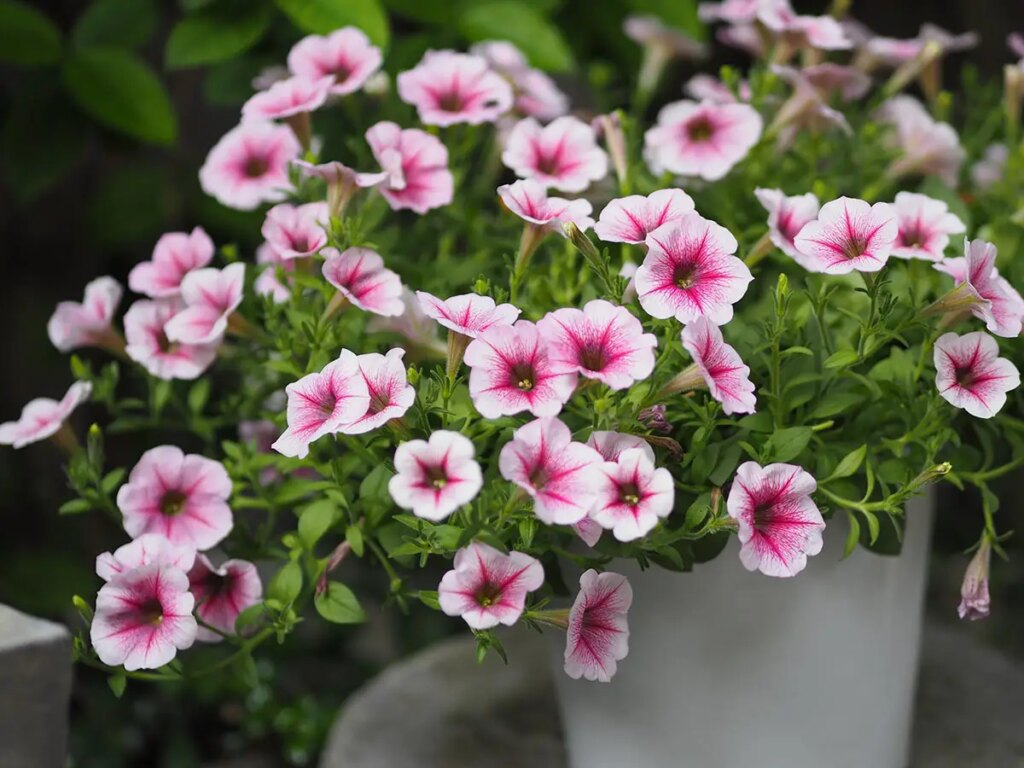
Petunia x hybrida seeds require lots of light to germinate. Place your seed trays under grow lights to help them along. Optimal germination temperature: 75-80°F.
Marigolds

Tagetes are not fussy and can be direct-sown, but an indoor start ensures healthier plants. Germination period: 5-7 days at 70-75°F.
Salvias

Salvia splendens offers striking colors and long-lasting blooms. Plant in a fine seed-starting mix. Depth of sowing: 1/8 inch.
Coleus
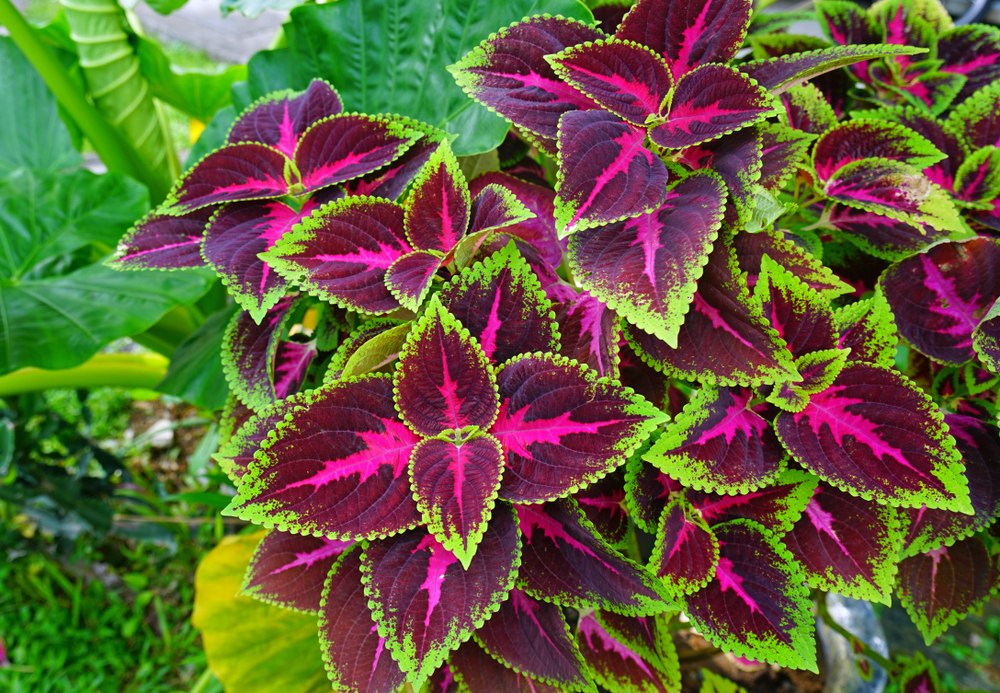
With its diverse foliage, Coleus blumei can brighten up shaded areas. Seeds need light to germinate; press them lightly onto the soil surface. Keep soil: lightly moist.
Tomatoes
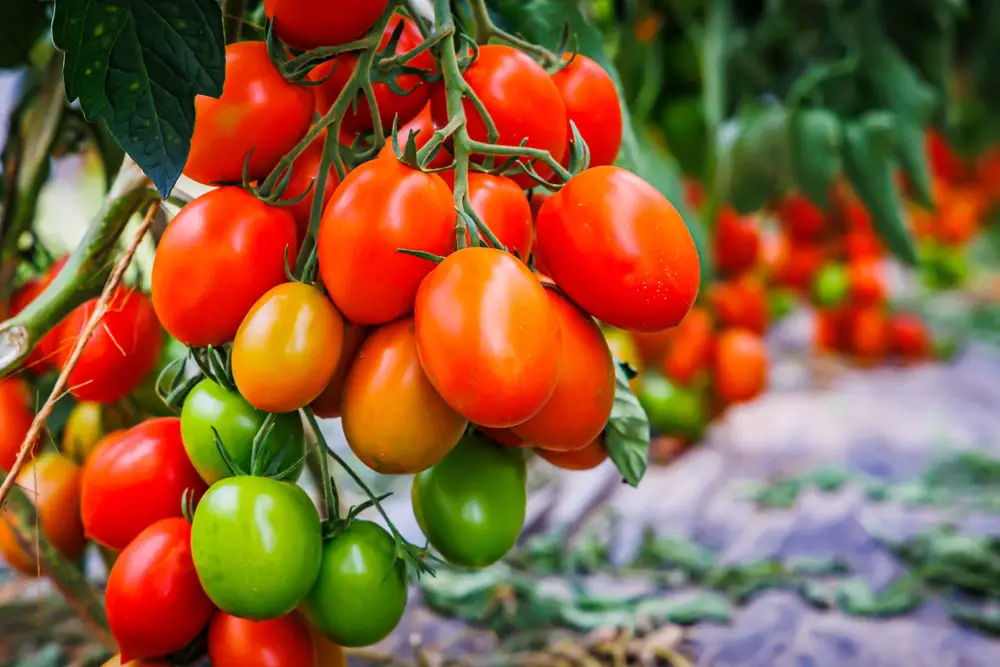
Surprise! While not a flower, Solanum lycopersicum is often started alongside flowers for early planting. Provide plenty of light. Soil temperature: 75-90°F.
Peppers
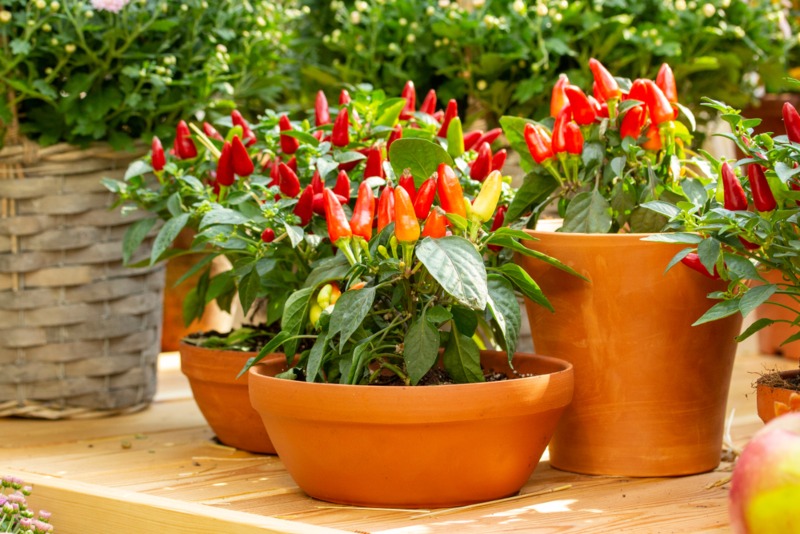
Similarly, Capsicum species are treated like an early flower start. They need a warm start, so keep them indoors until the night temperature consistently stays above 55°F. Time to germination: 7-14 days.
Sowing Methods and Tips
Before you begin planting, it’s crucial to understand the distinction between sowing directly into the garden versus starting seeds indoors, as well as the importance of seed depth, spacing, and organization to ensure a successful garden.
Direct Sow vs. Indoor Start
- Direct Sow: The seeds that thrive when planted directly into garden soil include hardy varieties such as sunflowers and marigolds. To direct sow, choose a spot in your garden that matches the sunlight requirements of your flowers, and sow the seeds after the risk of frost has passed.
- Indoor Start: Delicate or slower-growing flowers like petunias or pansies benefit from an early start indoors. You’ll need seed trays, starter mix, and a warm, brightly lit area. Start these seeds 6-8 weeks before the last expected frost to give them a head start.
Seed Depth and Spacing
- Seed Depth: Plant seeds at a depth approximately three times their diameter. For tiny seeds like snapdragons, simply press them onto the surface of the soil, as they need light to germinate.
- Spacing: Refer to the seed packet for proper spacing. Generally, larger seeds like nasturtiums need about 8-10 inches between plants, whereas smaller seeds like lobelias should have spacing of 4-6 inches.
Labeling and Organization
- Labeling: After sowing, label each plant with its name and the date of planting. Use weatherproof labels and a permanent marker to avoid any ink wash-off from rain.
- Organization: Maintain a garden journal or a spreadsheet to track the progress of your plants, including germination dates and growth notes. This record-keeping will be invaluable for future gardening endeavors.
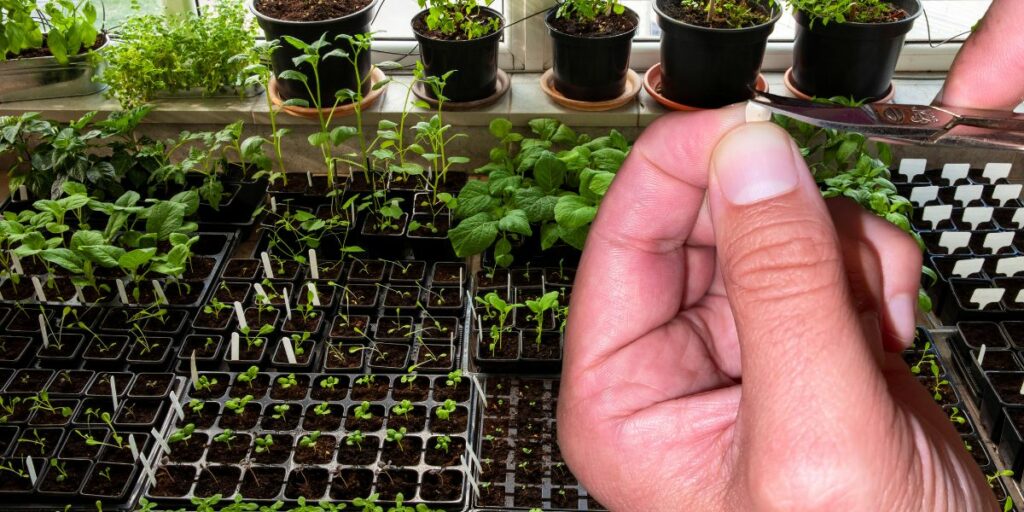
Caring for Seedlings
Once your seeds have sprouted, it’s essential to provide the right care to grow strong, healthy plants.
Light Requirements
Your seedlings need plenty of light to grow sturdy and not leggy. Aim for at least 16 hours of light daily, which you can provide through a sunny windowsill or an artificial grow light. Keep the light source about two inches above the seedlings to mimic natural sunlight.
Feeding Seedlings
Seedlings grow best with a balanced diet. Start fertilizing them with a half-strength, water-soluble fertilizer every two weeks. As they grow, you can gradually increase the concentration to full strength, following the fertilizer’s instructions.
Transplanting Guidelines
When seedlings develop their second set of true leaves, they are ready for transplanting. Gently loosen the soil around them and lift them out by the leaves, never the stem. Transplant into larger pots filled with fresh potting mix, water them in well, and ensure they’re at the same soil depth as before to avoid stem rot.


